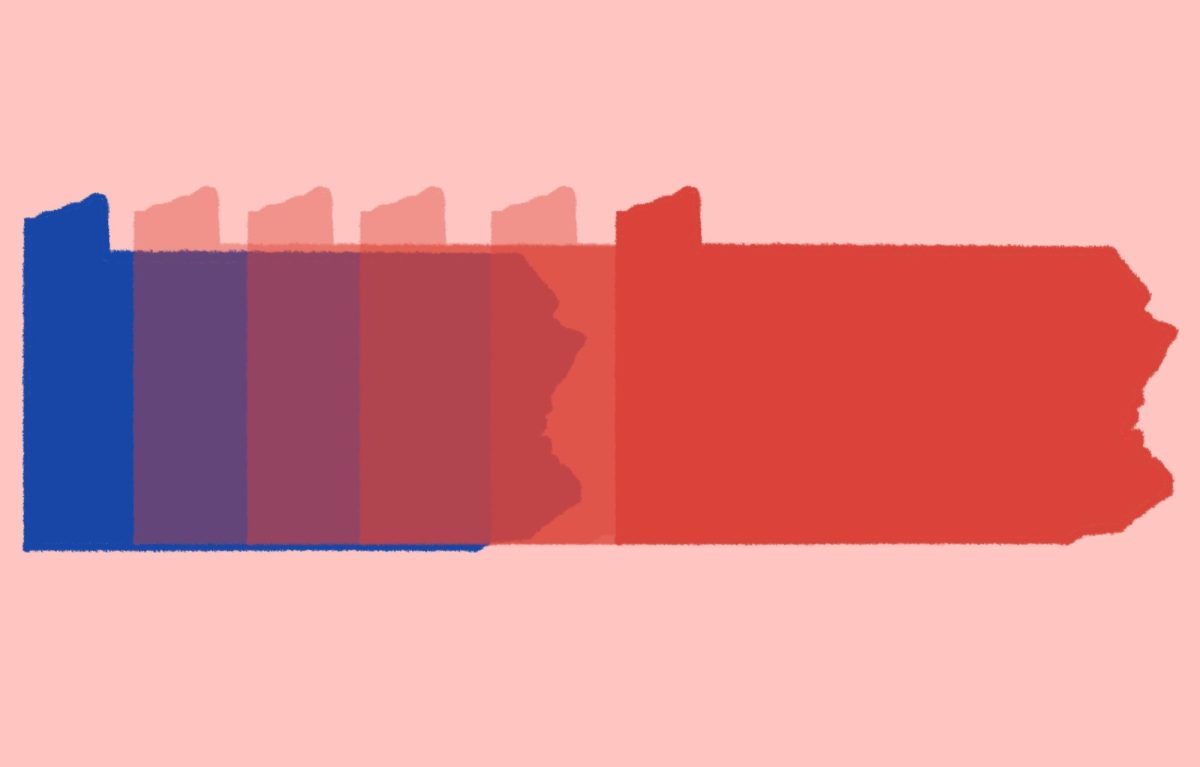EDITORIAL – PSSA threatens programs vested inthe arts
May 24, 2005
As a result of the overwhelming precedence granted to the Pennsylvania School System… As a result of the overwhelming precedence granted to the Pennsylvania School System Assessment (PSSA) tests and other legislation, the importance of art programs throughout Pittsburgh public schools has taken a back seat.
While teachers spend hours trying to generate funds for art and cultural enrichment programs, their efforts are thwarted by the increasing emphasis on a test intended to evaluate school districts’ academic performance.
The PSSA was mandated for fifth, eighth and 11th grades shortly after the passing of the No Child Left Behind Act in 2002. This legislation dictated that if schools did not fulfill certain requirements, they would face penalization or closing. But it seems that the children who get left behind happen to be the ones who enjoy playing in the school band or singing in the choir.
What’s worse is that the schools with the highest scores are rewarded monetarily for their efforts, while underprivileged schools are not recognized for the percentages they improve when they don’t pass.
Besides the political hindrances of citywide art programs, students are being put in a difficult position. While they understand the value of art and education, they simply do not have the time for it anymore.
Students are so busy pursuing PSSA-relevant studies that they forego art electives and other recreational courses. The focus on holistic education has moved to scores that fail to represent a student’s overall academic performance. A student could have a 4.0 grade point average and still not perform well on this test.
Another serious concern for the decreasing enrollment in these electives is the basis on which money is granted to art-related programs. Because fewer and fewer students take advantage of art classes, the private and public organizations that financially back schools infer that there isn’t a need for these programs to continue.
Of course, schools need standards and evaluation, but not at the expense of a well-rounded education. It seems that the priorities of the administrators are all messed up and that the system has — once again — failed to adequately serve its constituents.
The fact is, art is as essential as any math class, and studies prove that enrollment in an art class promotes overall success in all courses. The purpose of a program vested in the arts is beyond recreation and education; it cultivates identity and gives students a sense of self-worth, while promoting creativity.
Faculty members have taken it upon themselves to raise this money. And in a lot of cases they are the ones expected to generate outside funding in the midst of budget restrictions and tests that don’t always correlate with a student’s cumulative academic performance because no one else will do it.
We need to improve the system. How do we do that? First, let’s not give our faculty and staff their 136th assignment of the week that we don’t intend to pay them for, because, like art programs, we can’t afford it. Perhaps we can consider evaluating schools on the success rate of their students after high school, if they pursue higher education.
Also, funding should be allotted to schools that are not meeting standards to provide them with the resources they need to achieve a quality education.
Or we could devise a plan that provides incentives for students to achieve within the curriculum that has already set at a standard. No, it’s not an easy, overnight remedy, but we need to at least start with recognition of what is important: holistic education.


